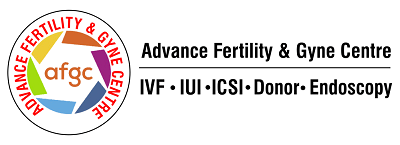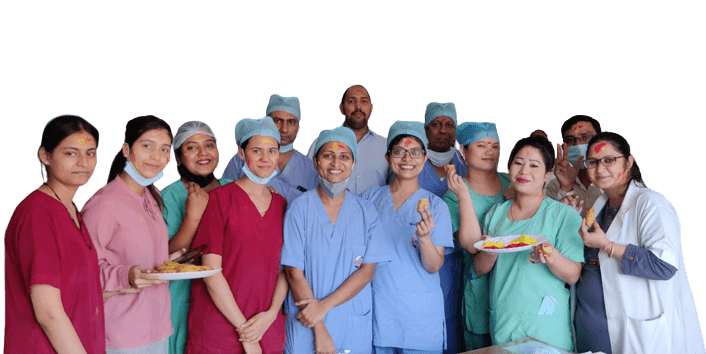What Is Natural Cycle IVF?
Natural Cycle IVF is an IVF technique where no or minimal hormonal stimulation is used, and the one naturally selected egg of the cycle is retrieved for fertilization. It aims to mimic the body’s natural process while avoiding heavy medication.
How Natural Cycle IVF Works
In Natural Cycle IVF, the patient undergoes minimal or no hormone injections. Monitoring involves 2–4 clinic visits for ultrasounds and hormone tests to track natural ovulation. When the leading follicle matures, an egg retrieval is scheduled without stimulating multiple follicles. The process is simpler and shorter, but only one egg is typically retrieved.
Who Is Natural Cycle IVF Right For?
Natural Cycle IVF (NC‑IVF), which involves minimal or no hormonal stimulation and retrieval of a single naturally selected egg, can be an option when conventional gonadotropin protocols are unsuitable or undesirable. Evidence shows NC‑IVF is a low‑cost, low‑risk approach with no risk of ovarian hyperstimulation syndrome (OHSS) and reduced medication burden. It may be particularly suitable as a trial when gonadotropin use is not possible—such as due to allergies, hormone-sensitive conditions, or patient preference—and as a last resort after multiple failed stimulated cycles, even in low AMH patients . However, success rates are lower and cancellation rates higher, so the decision to use NC‑IVF should be made cautiously and tailored individually. At Advance Fertility, we believe gonadotropin protocols generally offer better outcomes, even with low AMH, but we support NC‑IVF on a case-by-case basis when hormone use isn’t feasible or desired.
Pros and Cons of Choosing a Natural IVF Cycle
Natural Cycle IVF offers several advantages: it is low-risk, medication-light, and more affordable per cycle, typically costing one-third to half of a standard stimulated IVF cycle due to minimal drug use and a quicker turnaround.Patients can undergo consecutive monthly cycles without the break required by gonadotropin stimulation , and there’s virtually no OHSS or multiple pregnancy risk
However, these benefits come with trade-offs: cancellation rates are high (up to 23% drop-out per cycle) only one egg is retrieved per attempt, and live-birth rates per cycle remain low (~7%). When viewed comprehensively, cost-effectiveness studies show that six natural cycles may cost the same or more—but with lower success—than one conventional stimulated cycle when live births are compared. Thus, while NC‑IVF can be a budget-friendly entry point or a gentle, low-side-effects choice, patients should be fully informed about the likelihood of multiple cycles and total cumulative costs, and decisions should be based on individual tolerance, age, and fertility status.
Natural Cycle IVF Success Rates
Natural Cycle IVF has a clinical pregnancy rate of 6–11% per cycle and an ongoing/live birth rate around 5–7%, depending on patient age and indication. While less effective per cycle than stimulated IVF, it may be suitable for select patients who cannot undergo stimulation.
Natural Cycle IVF for Women Over 40
While some women over 40 still wish to try with their own eggs after multiple failed IVF attempts, Natural Cycle IVF (NC-IVF) may seem like an appealing, low-intervention option. It avoids the burden of heavy hormone stimulation and focuses on retrieving the one naturally selected egg each month. For emotionally or physically exhausted patients, this can feel like a gentler, more “natural” approach.
However, the success rates for NC-IVF in this age group, particularly in women with very low ovarian reserve, are consistently low. Many cycles are canceled due to premature ovulation, poor follicular development, or no egg retrieval. And when eggs are retrieved, they often do not lead to viable embryos, especially as egg quality declines with age.
In fact, several studies and expert reviews caution against relying on NC-IVF for women over 40, especially those with poor response. Instead, many authors recommend at least moving toward mild stimulation protocols, using lower doses of gonadotropins, which may improve follicular recruitment and embryo yield without the excessive burden of full conventional IVF.
Key Takeaways
- Natural Cycle IVF appeals to women who want a low-intervention option, especially after repeated failed attempts with conventional IVF.
- Success rates in women over 40 are generally low, due to declining egg quality and very limited ovarian reserve.
- High cancellation rates are common in NC-IVF due to poor follicular growth or premature ovulation.
- Many studies suggest that NC-IVF is not effective enough in older women with diminished ovarian reserve to justify its use as a standalone strategy.
- Mild stimulation protocols are increasingly recommended as a better alternative—offering improved egg yield with fewer drugs and side effects than full stimulation.
- Patient counseling is essential: Women should be given realistic expectations about success rates, especially if they are over 40 and wish to continue with their own eggs.

